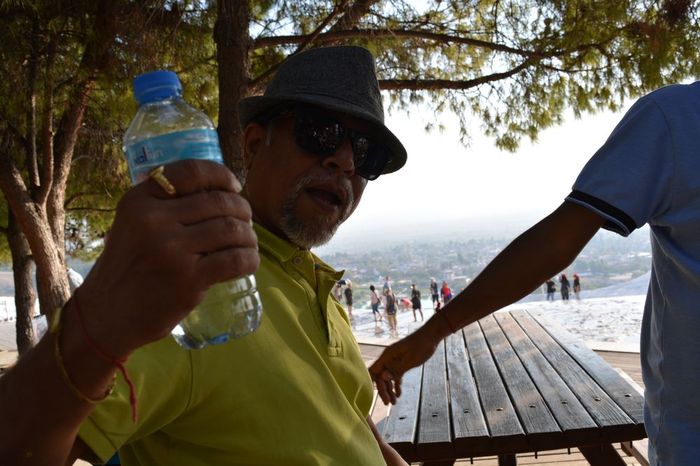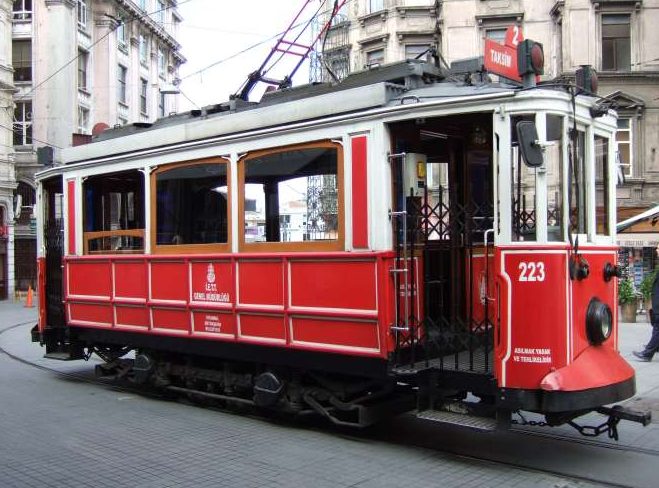Bridging East and West
Exploring the Ancient Trade Routes
The Silk Road, originating in China and weaving through Anatolia to finally extend into Europe, has served as a vital connection, uniting diverse cultures and races across Middle Asia to Europe for millennia.
Renovation for Tourism A Silk Road Initiative
Approximately 1100 inns and caravanserais along the Silk Road in Turkey are set to undergo renovation for tourism purposes. The “Silk Road Project,” spearheaded by the Ministry of Culture and Tourism of the Republic of Turkey, aims to breathe new life into these historical sites Read More about BORLUK FARM.
Historical Significance of Silk Trade
Silk trade has held immense significance for numerous nations throughout history. The trade of silk and spices from the Far East played a crucial role in international relations, contributing to the rise of the Eastern world. The Silk Road, evolving from East to West, facilitated the transportation of silk, porcelain, paper, spices, precious stones, and fostered cultural exchanges between continents.
From China to Europe Caravan Routes
Departing from Xian in present-day China, trade caravans historically reached Kashgar in Uzbekistan. At Kashgar, the route split into two, with one path leading to the Caspian Sea through the savannas of Afghanistan, and the other connecting to Anatolia through Iran. From Anatolia, further journeys were possible by sea or road through Thrace, ultimately reaching Europe.
Two Thousand Years of Impact
This mysterious route, which continues to influence Asia and Anatolia, has facilitated the transport of wealth from the East to the West for over two millennia Turkey Tour Guides.
Inns and Caravanserais Hubs Along the Way
In antiquity, trade centers and stopovers dotted the route to cater to caravan accommodation needs. Urban shopping centers were termed “inns,” while those along the route were referred to as “caravanserais.” Many such architectural marvels have endured in Anatolia, home to diverse civilizations like the Seljuk Empire and Ottoman Empire. The “Silk Road Project” seeks to preserve and repurpose these inns and caravanserais, integral elements of Turkey’s cultural heritage, for the tourism sector. Eleven caravanserais have been initially selected for the project through collaboration with the General Directorate of Foundations.








